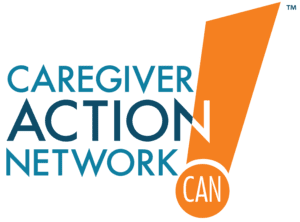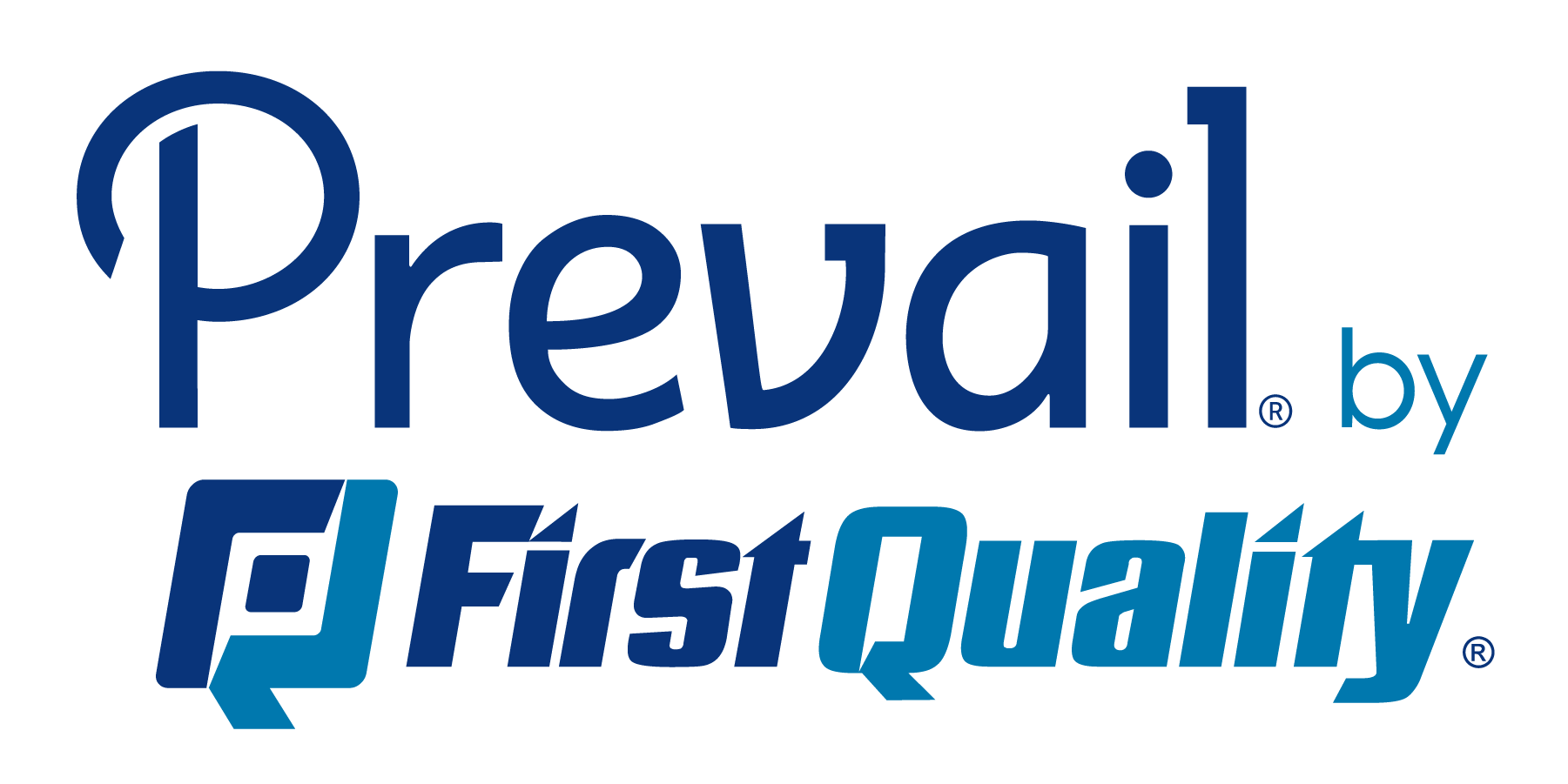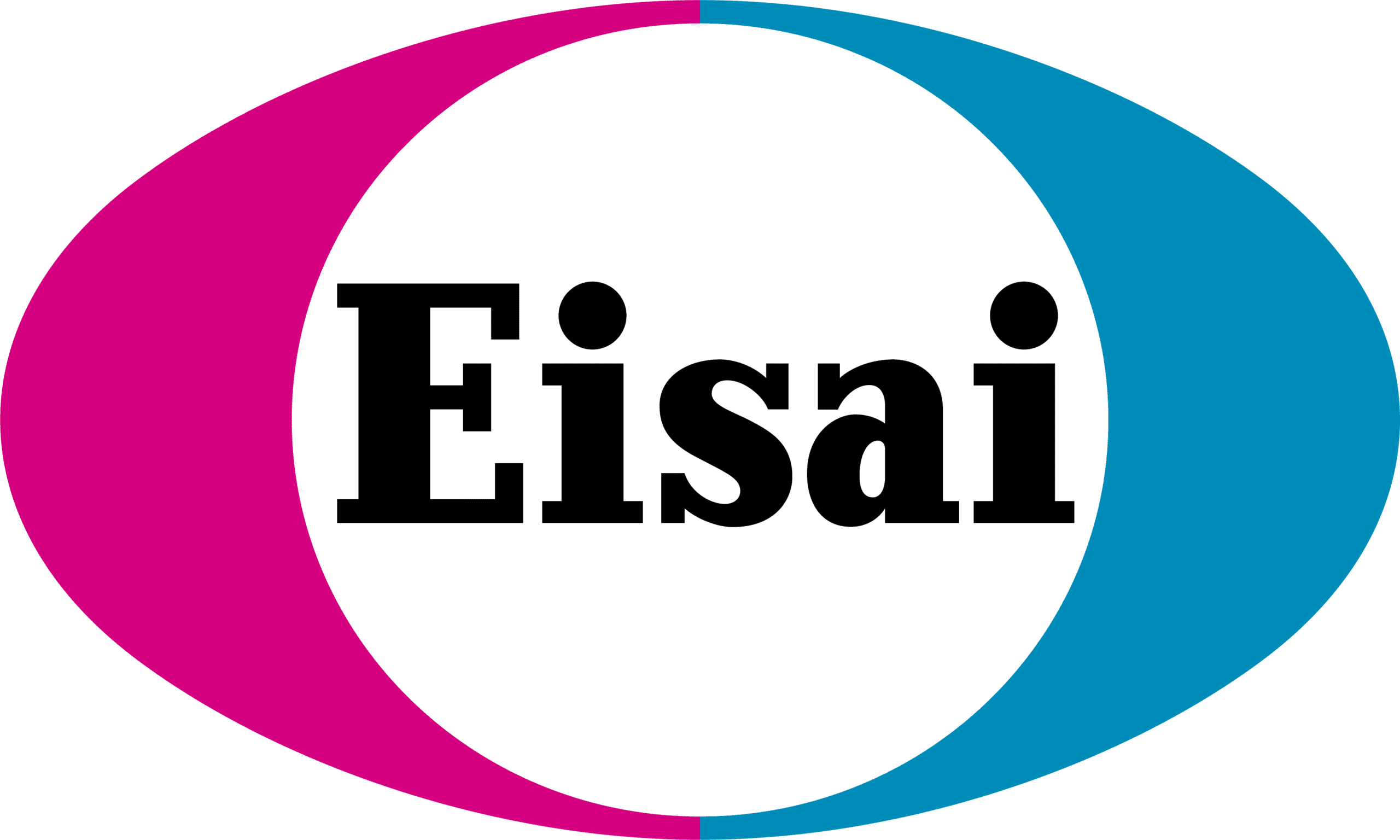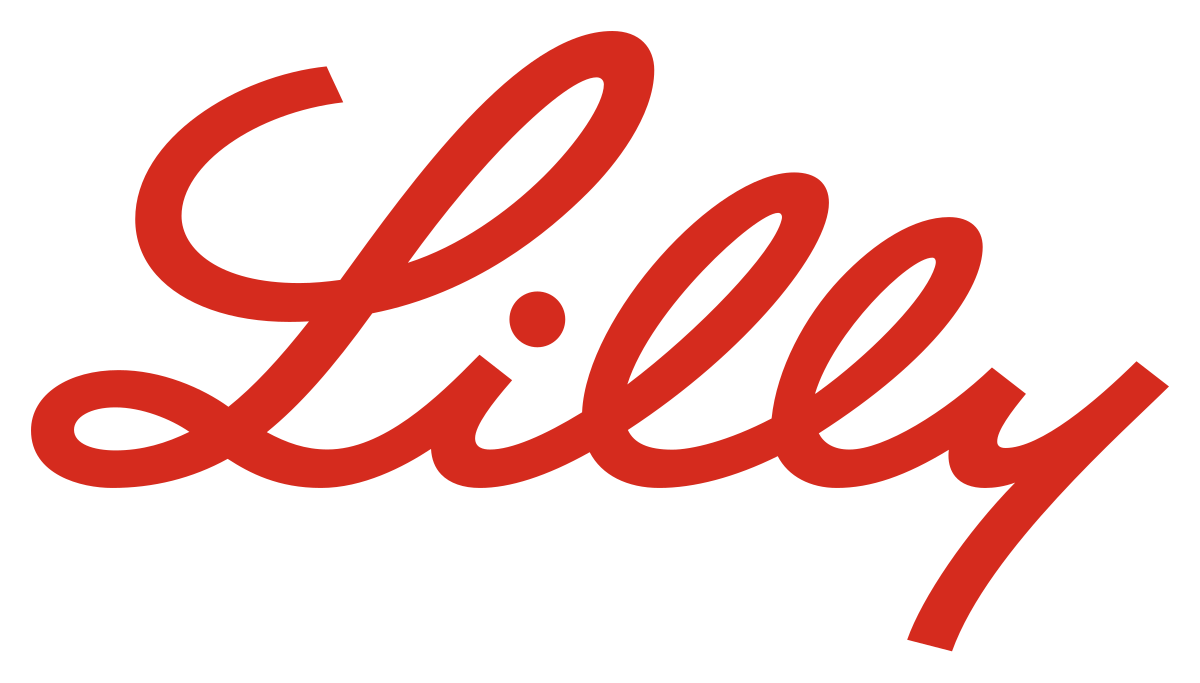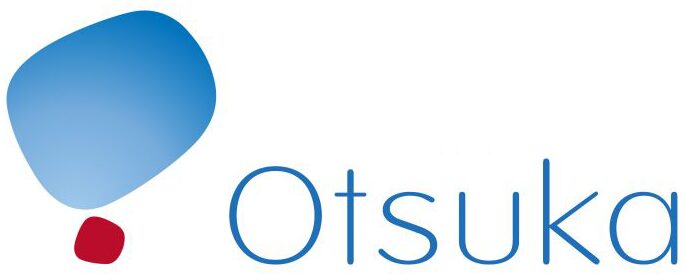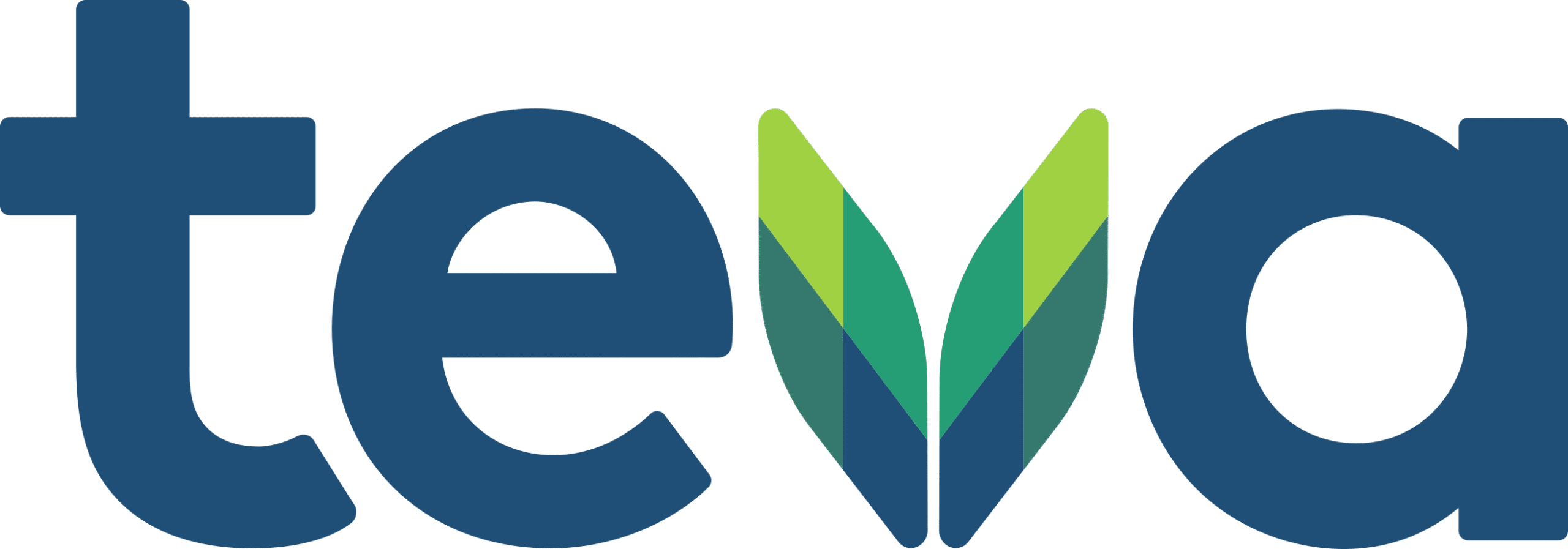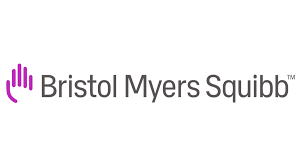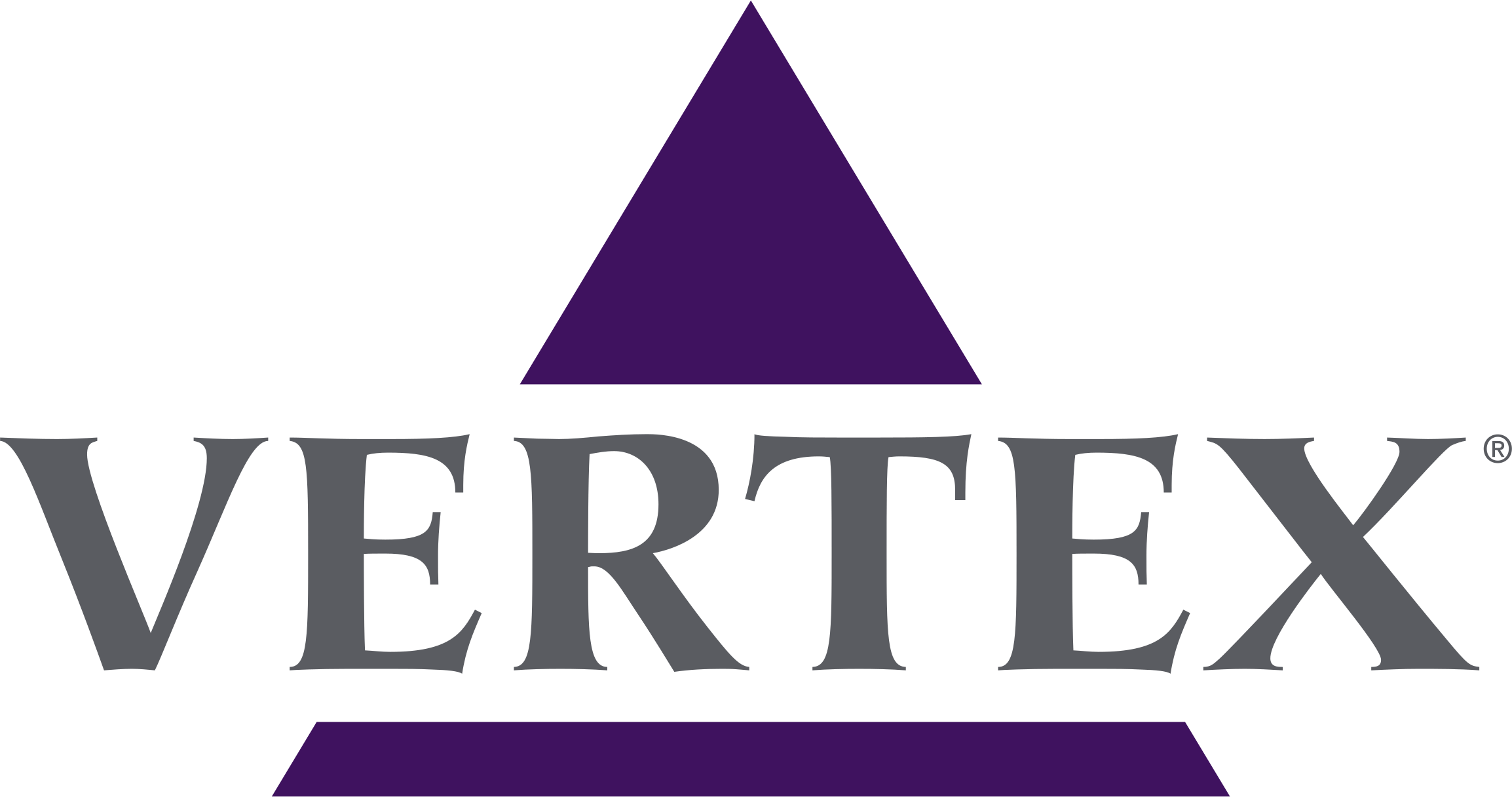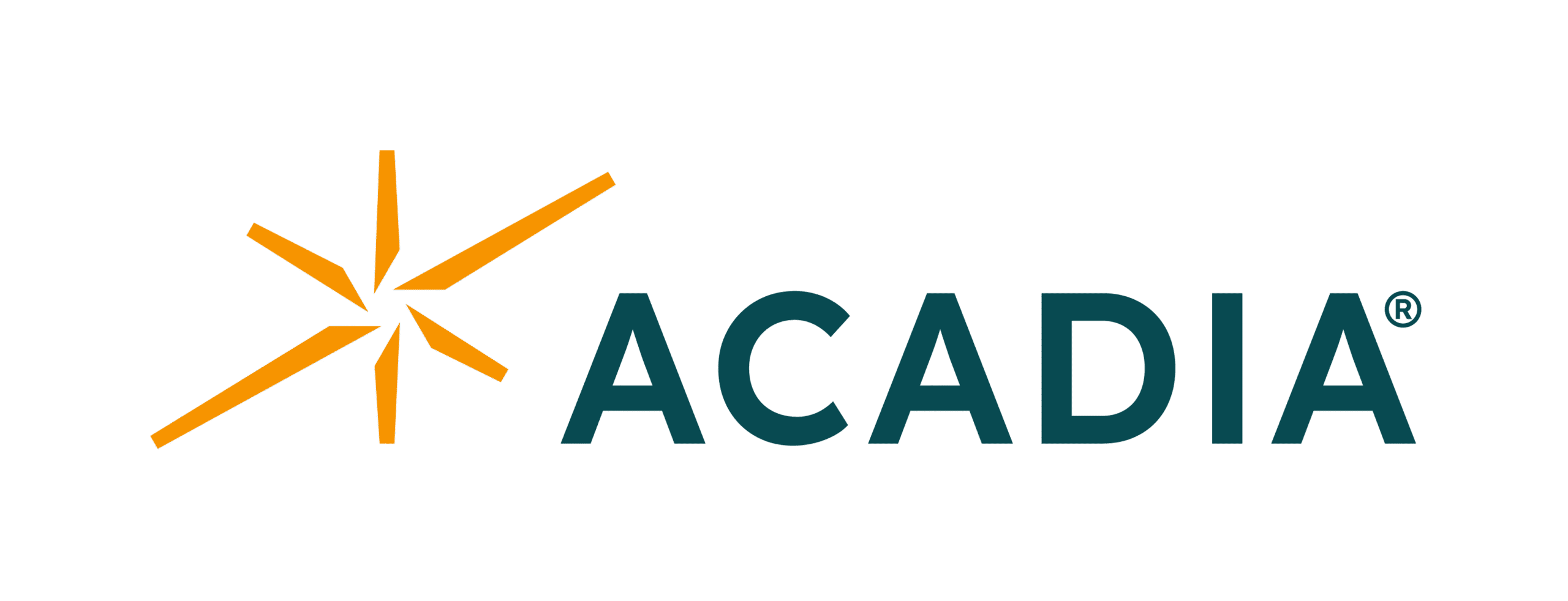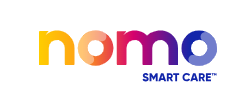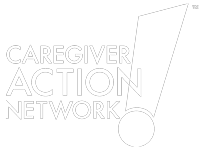
Caregiving doesn’t pause after November — and neither does the importance of staying connected to the right support. Plug-in to Care helps caregivers find trusted information, supportive communities, and practical tools that make each day a little more manageable. Whether you’re caring for a loved one this holiday season or any time of year, connection can make all the difference.
The Caregiver’s Role
Low vision or blindness refers to a range of vision impairment in which even with correction (glasses, contacts, etc.), an individual has difficulty seeing well enough to perform everyday tasks. For caregivers, helping a loved one with vision loss involves more than physical assistance—it means adapting environments, supporting emotional and mental wellness, learning alternate techniques (e.g. non-visual skills), and helping your loved one maintain independence as much as possible. Because vision loss can change over time, caregivers often need to continuously adjust, learn, and be patient with both their own expectations and those of the person with vision impairment.
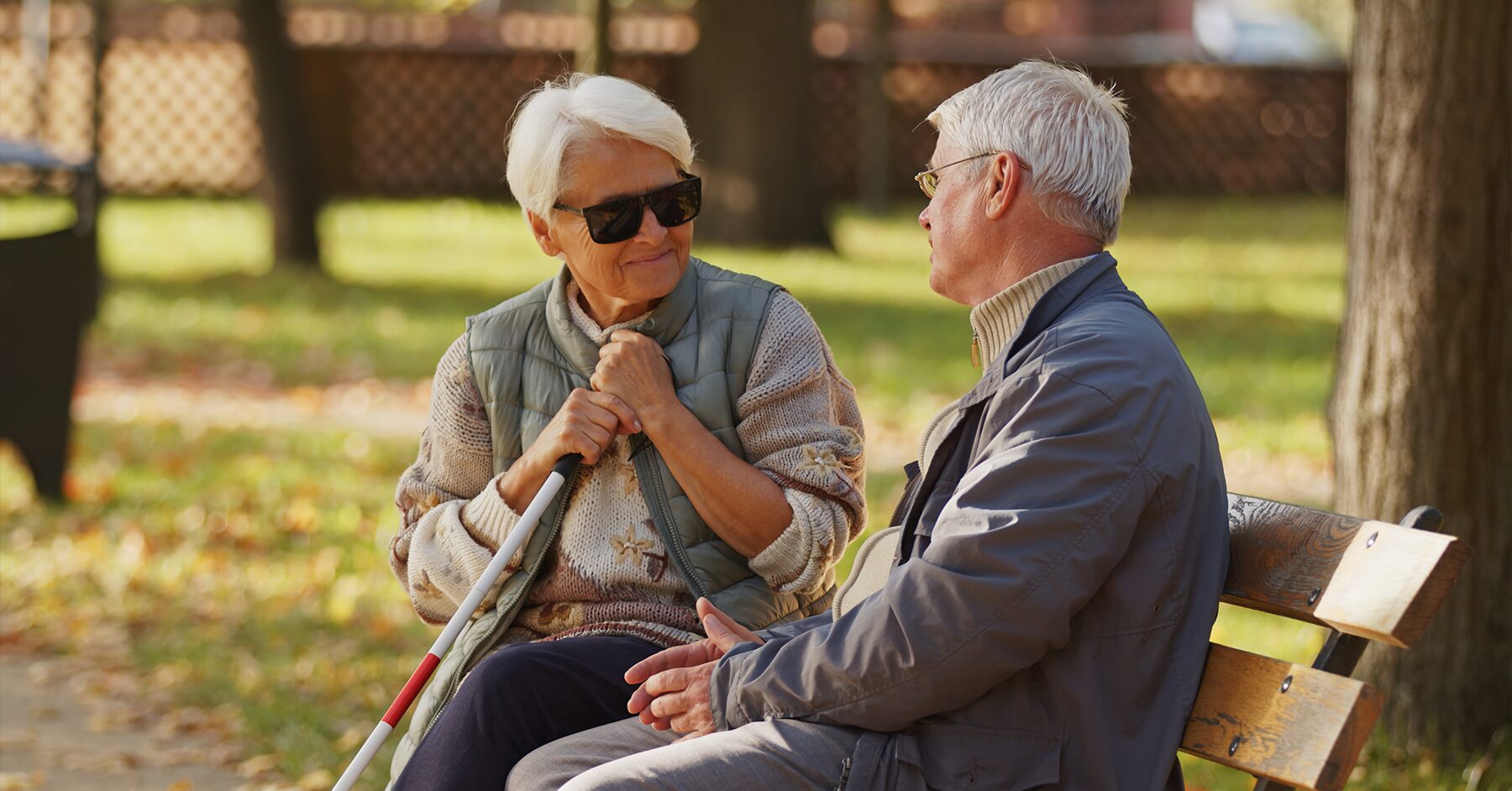
Top 3 Things Caregivers Should Know
Caregiving Resources
Partner Resources
Caregiver Action Network
This resource was developed with support from Prevent Blindness.
